Webcam in a Proton Beam
2021
While testing at a 200MeV proton therapy facility, I noticed that a webcam in the room monitoring some support equipment was capturing radiation events even though it was well outside the proton beam. After I completed the test it was involved in, I taped over its lens and placed different shielding materials in front of it while other devices were tested. This lead to me realizing that while you can completely stop protons with a lead brick, you can't stop secondary particles produced while stopping protons nearly as easily.
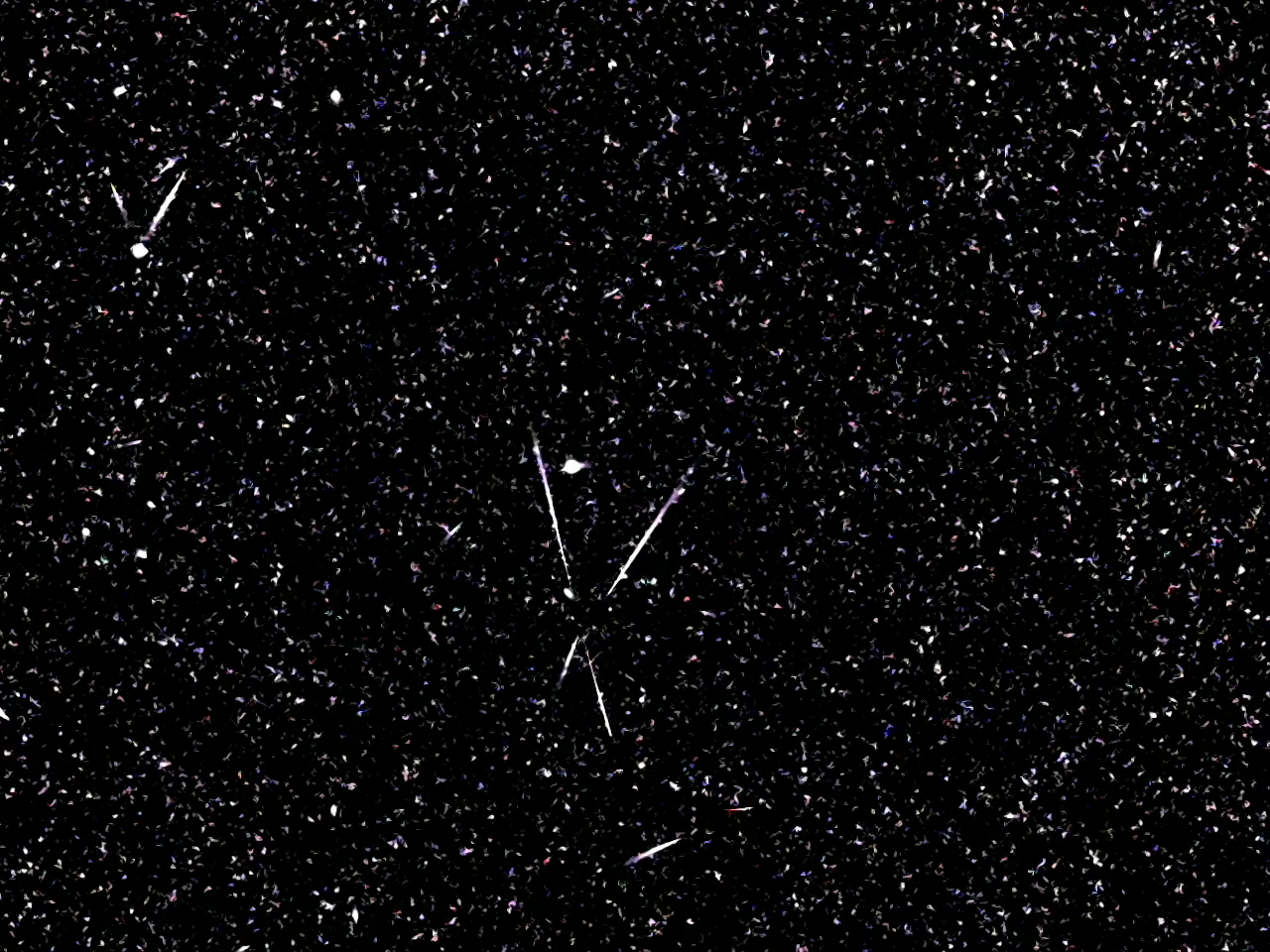
Image From Unshielded Webcam in a 1e8 200 MeV p+/cm^2 Proton Beam
Theory
CMOS cameras are sensitive to all sorts of ionizing radiation. Cosmic ray muons can be counted with CMOS cameras and are occasionally captured by accident in astronomical photography. Beta and delta rays can be observed as 'worms' moving in curved tracks on the sensor while heavier charged particles make straight lines or single spots. For my analysis, I only attempted to categorize events as saturated (a pixel showing up as full white) and large (exceeding 500 pixels). Exact characterization of events is rather speculative, so I will leave that to the viewer.
Setup
The four configurations were: no shielding, a 50mm lead brick, a 50mm lead brick followed by 20mm of borated polyethylene, and two lead bricks in series (100mm lead shielding). I saved the resulting video for later processing. In each configuration, a Logitech C270 webcam connected to a test laptop though a 100' USB extension cable (which is really just a chain of hubs).
Logitech C270 Webcam Unshielded
Data Processing
I wrote Phyon code using OpenCV to outline, count, and characterize events and to then save the analyzed frames as a new video. The captured video was missing some frames, but since each captured frame is totally independent from every other (events do no persist between frames) I just took what I had and encoded the result at 10fps. The (really crappy copypasta) code can be found here and the source video for the 2e7 p+/cm^2 with lead shielding can be found here.
Result
Since this camera experiment was just along for the ride with other test articles, the test flux was set by what the other article needed as was beam-on and beam-off times. I was only able to change the shielding configuration when the room was opened for other reasons, so I don't have data for every shielding configuration at every flux level.
Results from Image Analysis for 1e8 p+/cm^2 Tests
The results are a bit surprising and are suspect enough that I am going to repeat this experiment — the 2e7 case with polyethylene after the lead has over twice as many events per frame of all types. Perhaps this is from gammas produced in the polyethylene (which aren't consequential for single event effects testing), or maybe just being further back from the lead brick reduces the shielding effectiveness of the relatively small lead brick in the uncollimated proton beam. What is believable is that two lead bricks in series (the 100mm case) is more effective at shielding than a single lead brick plus polyethylene. The polyethylene in these tests was borated, but that shouldn't matter much with fast neutrons.
Results from Image Analysis for 2e7 p+/cm^2 Tests
The count for large events in the unshielded case is spurious; there are so many events that multiple small events get picked up as large events. I would need to change the threshold for large events to get a more accurate count here.
One open question is: what specific particles are causing all of these events? I'm not a nuclear engineer, so I can only spectulate. Neutrons themselves are not directly observable, but secondaries from their collisions with neutral silicon atoms are. The likely candidates are protons, higher LET nuclei, electrons, muons, and gamma rays.
Results from Image Analysis for 1e8 p+/cm^2 Tests
2e7 200MeV p+/cm^2 Flux
50mm Lead + 20mm Borated Polyethylene Detections:
50mm Lead Detections:
1e8 200MeV p+/cm^2 Flux
50mm Lead + 20mm Borated Polyethylene Detections:
100mm Lead Detections:
Unshielded Detections:
Select Frames from Unshielded Webcam
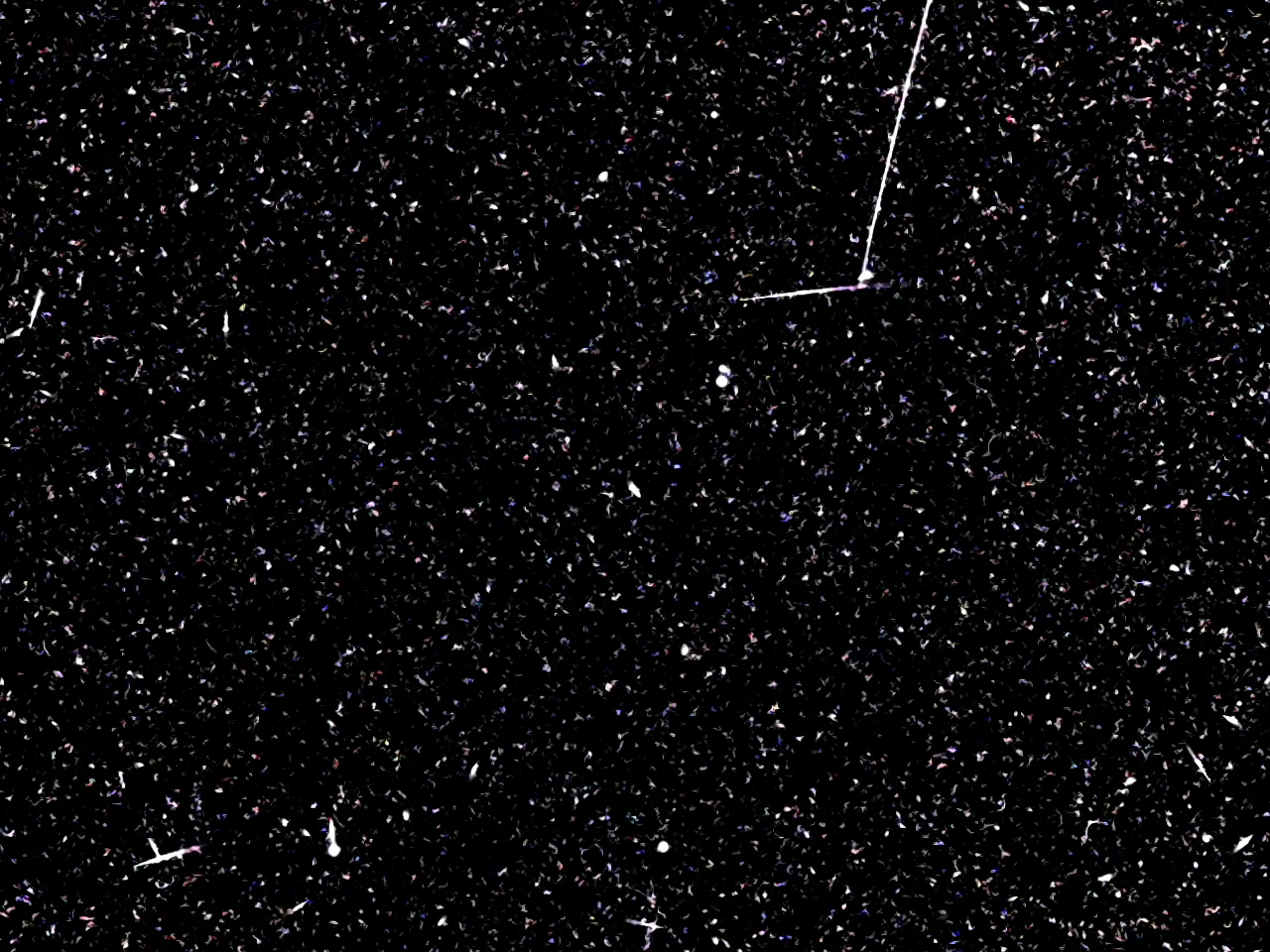
Possible Multiple Tracks from Single Event
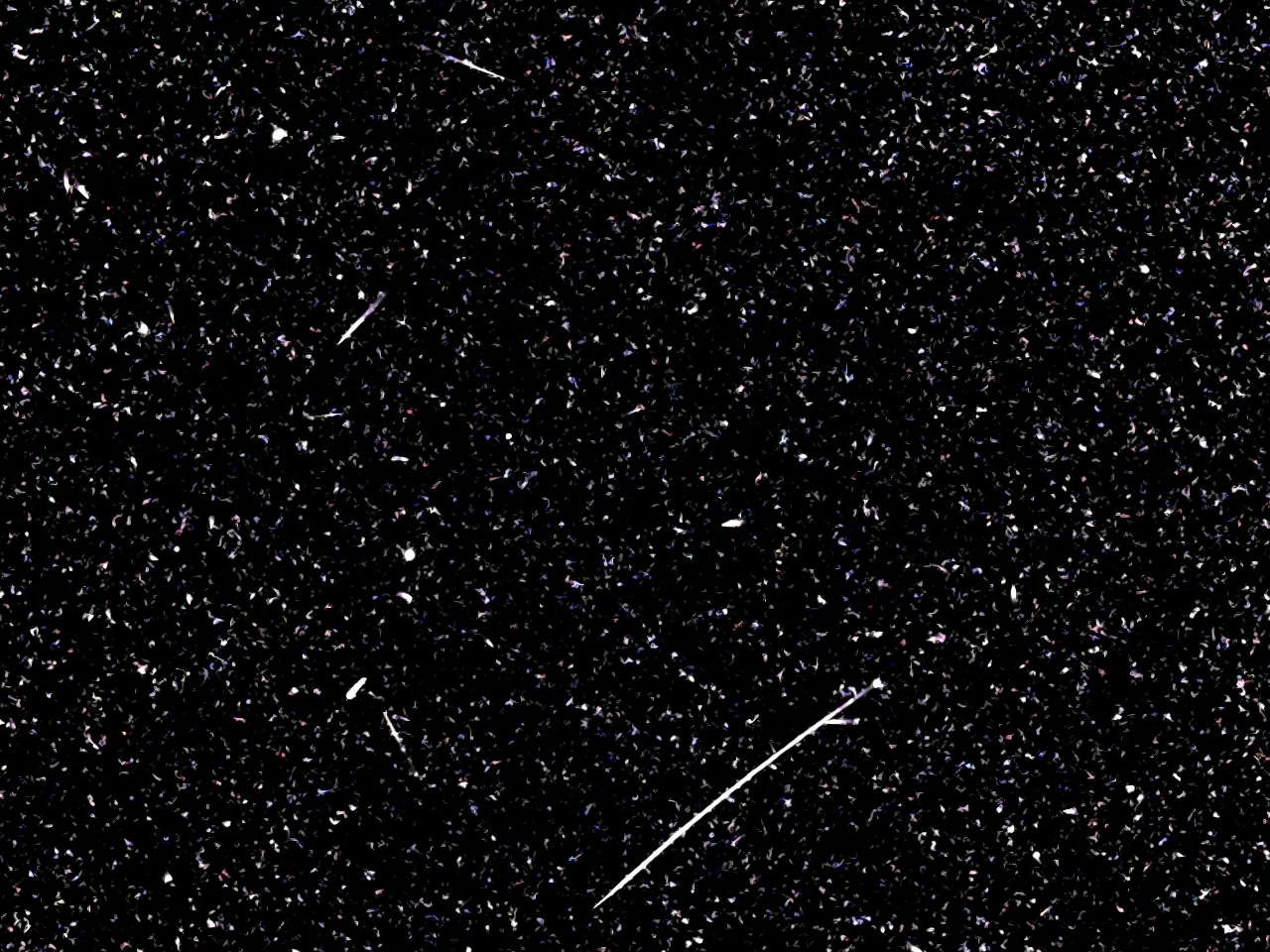
Branching Track
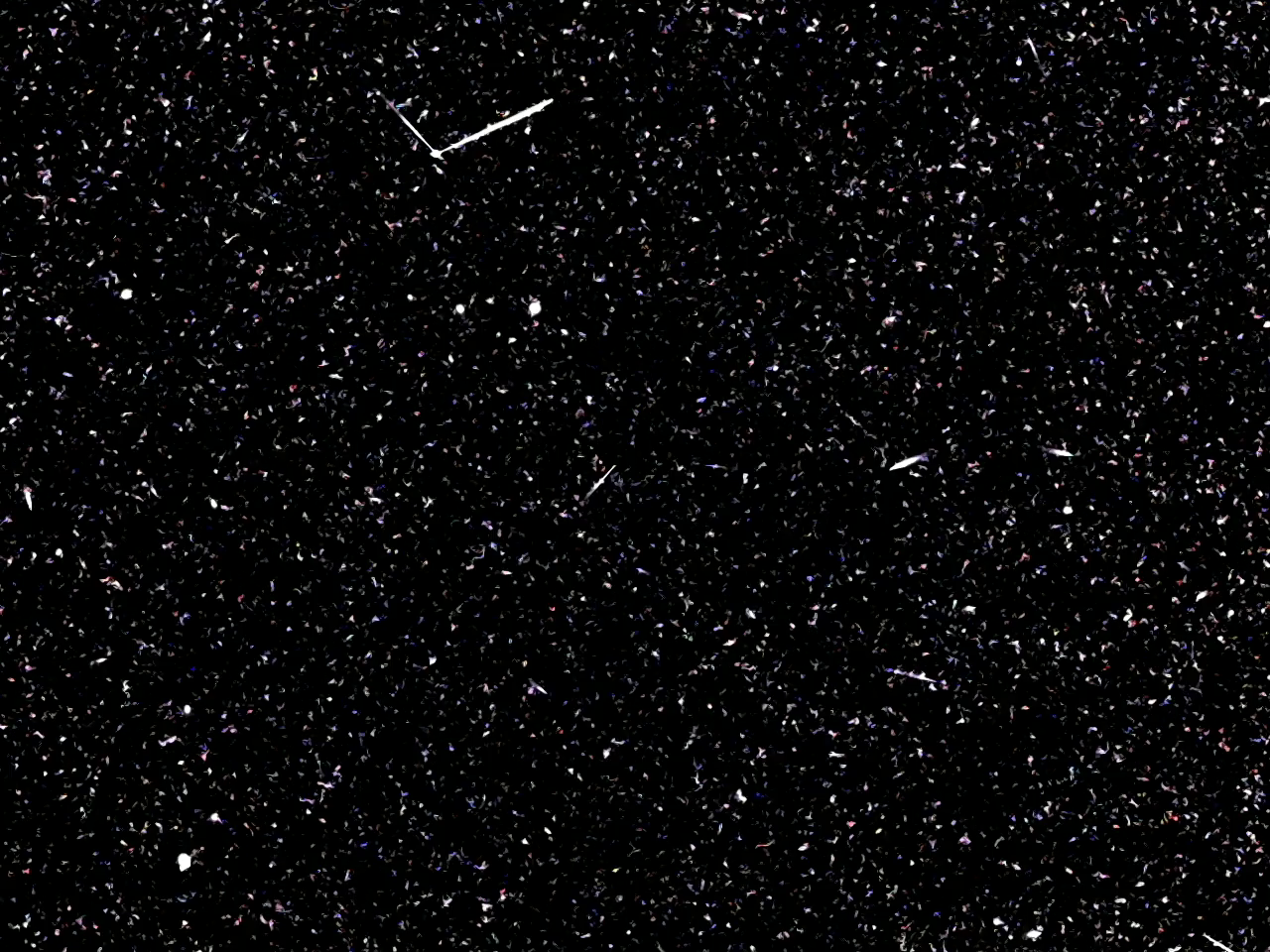
Possible Multiple Tracks from Single Event
Select Frames from behind 100mm Lead Shield
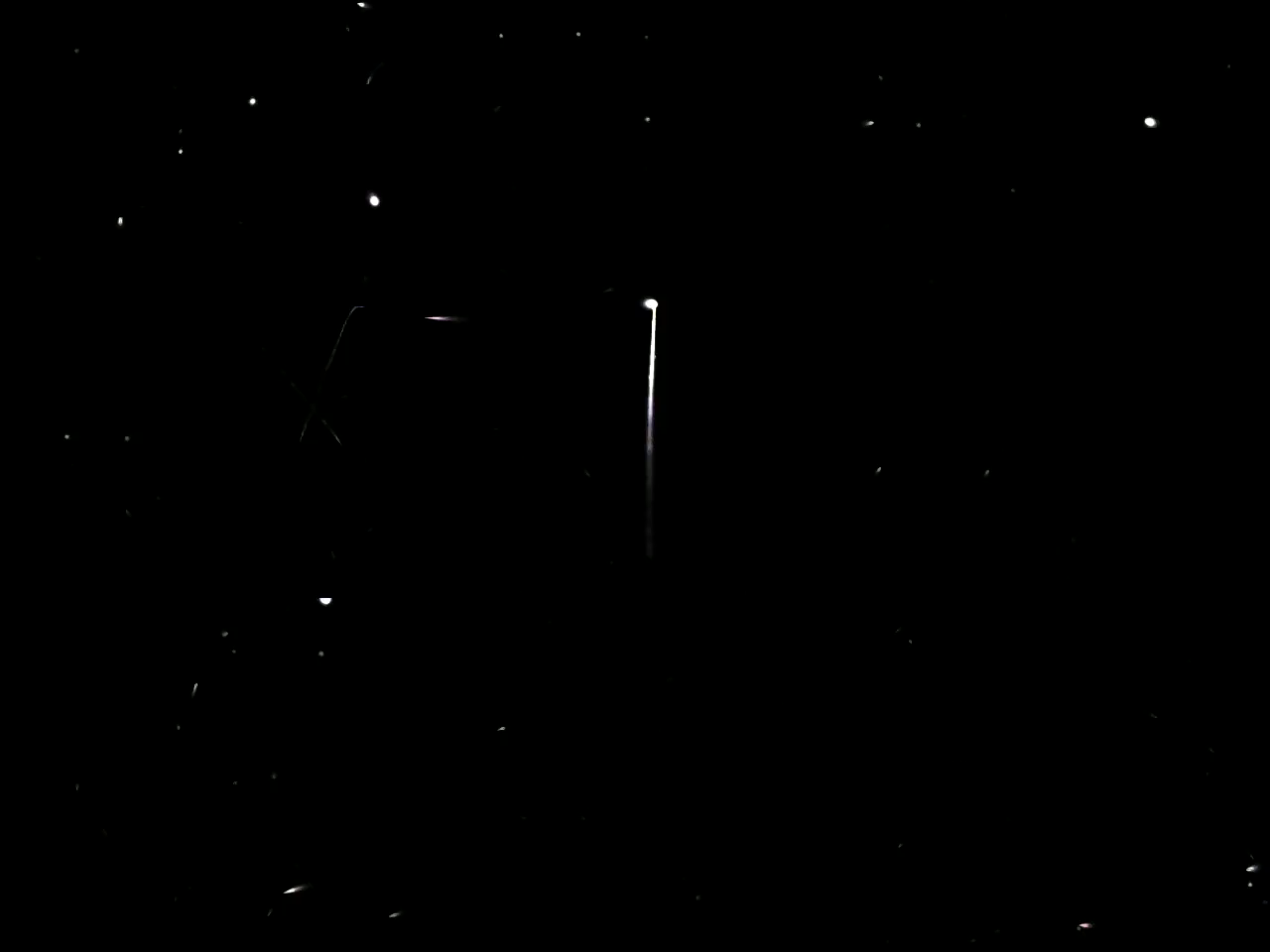
Thin Branching Track
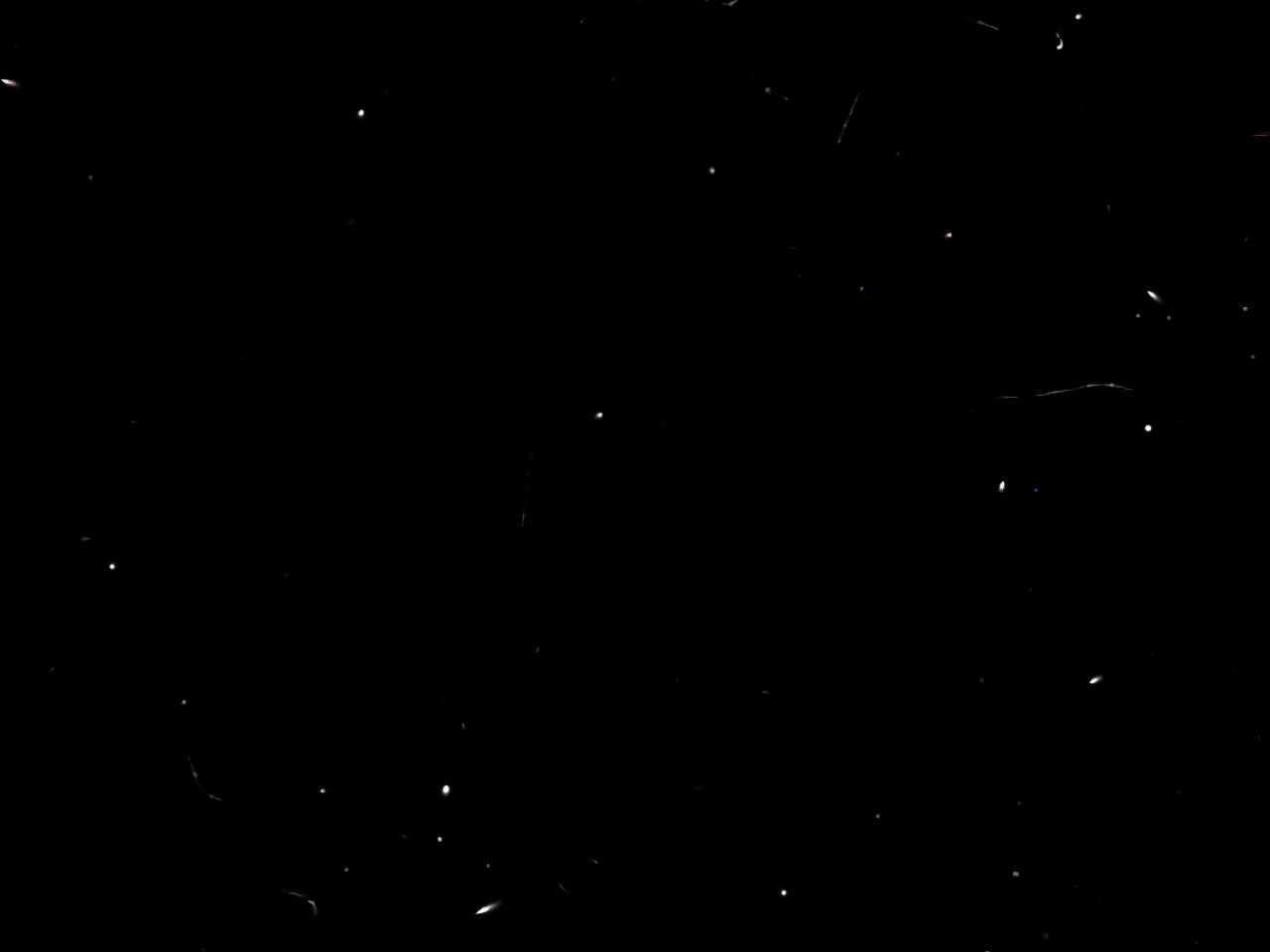
Thin Curved Tracks
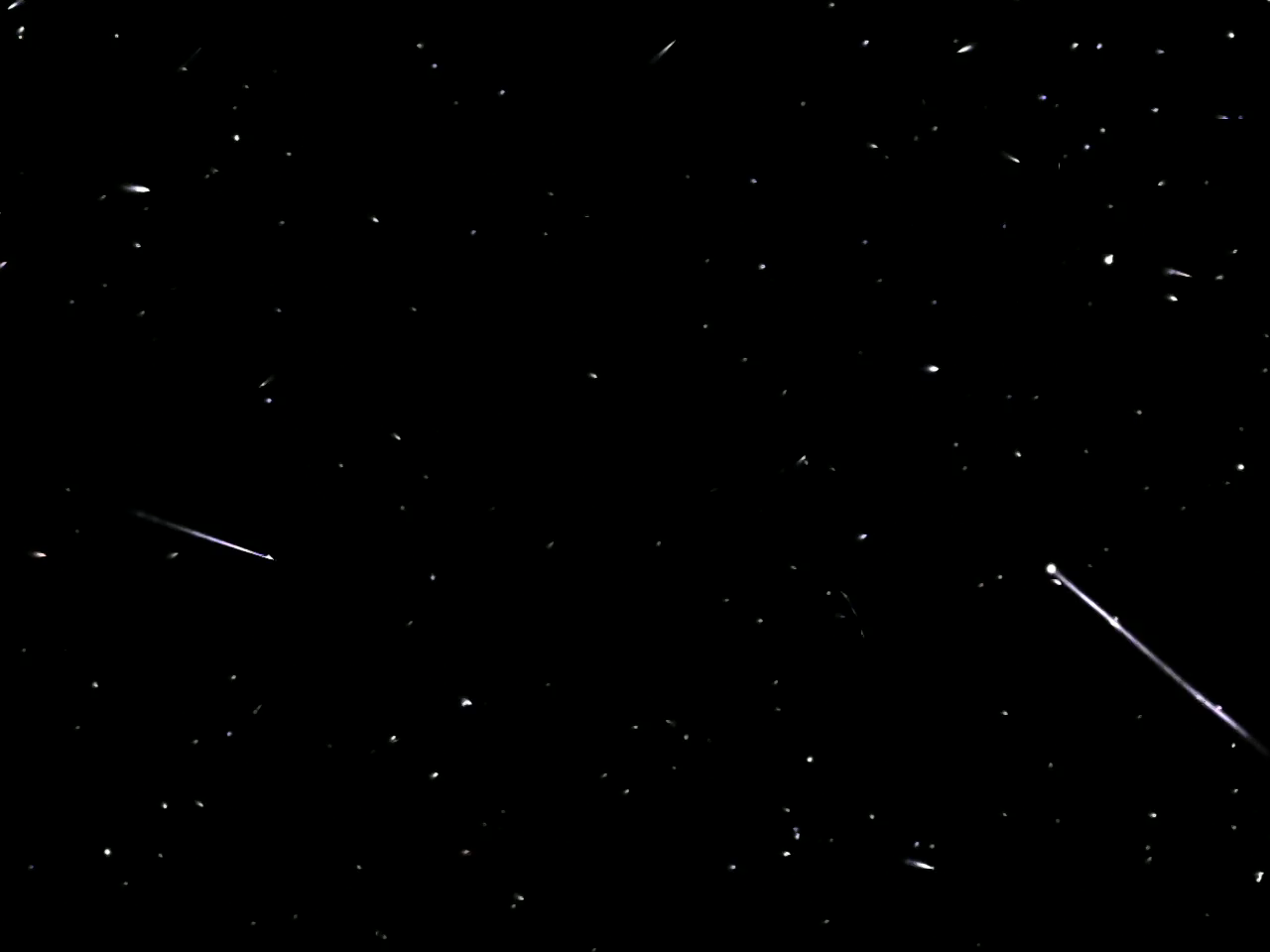
Long Tracks
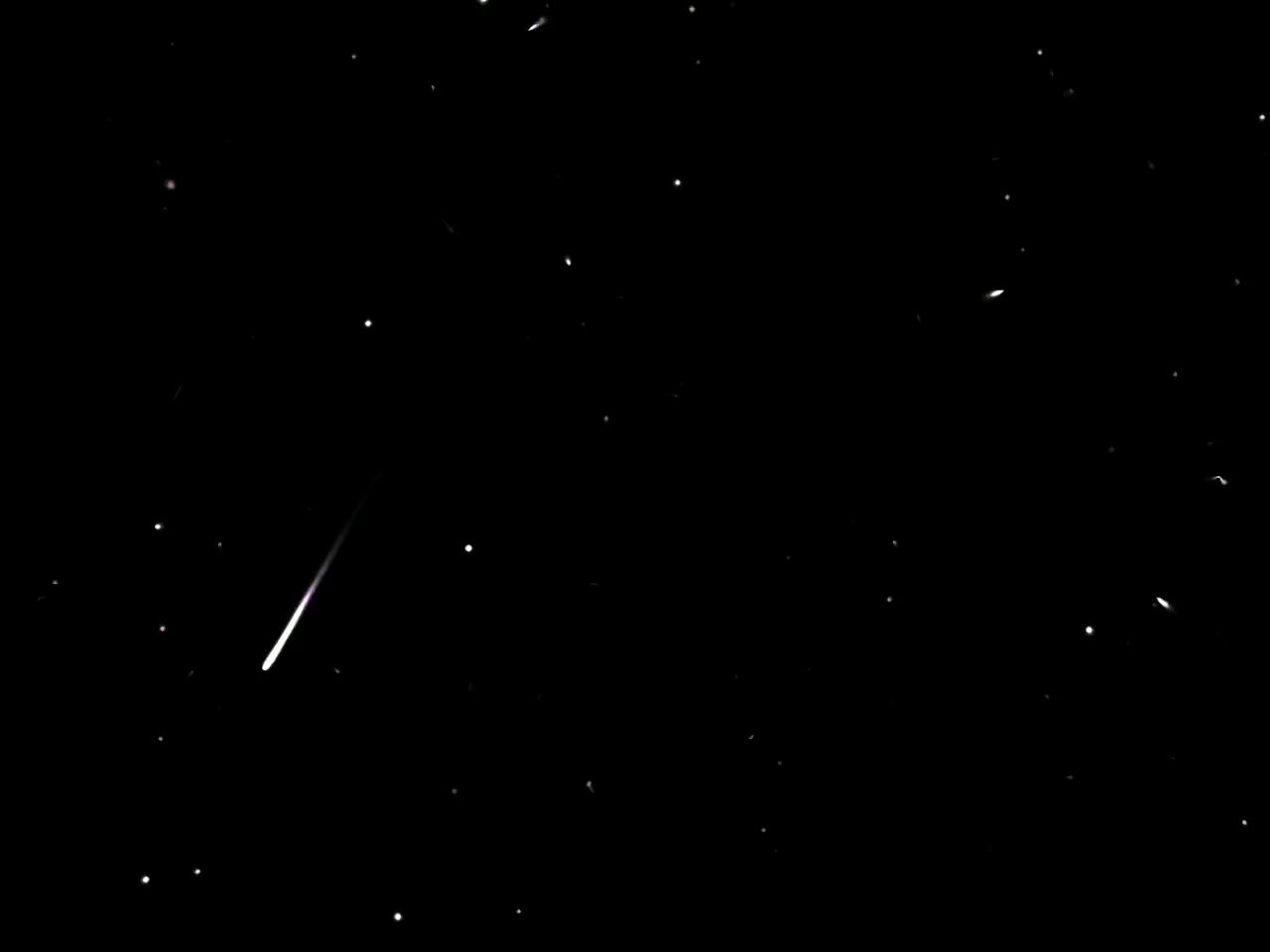
Long Track